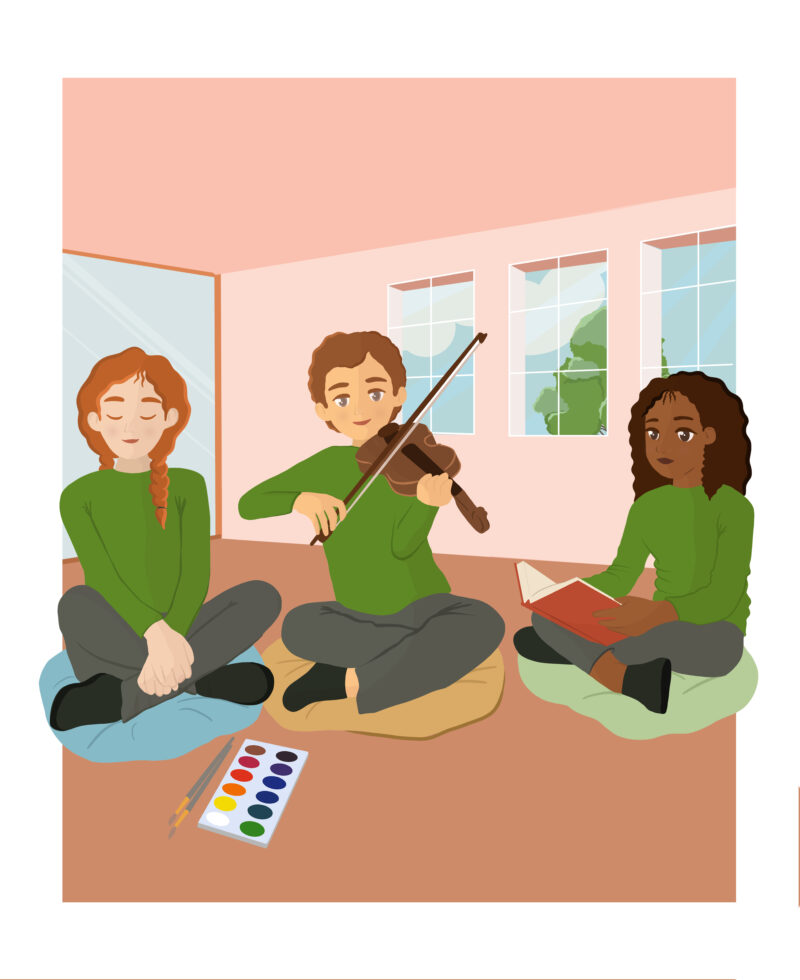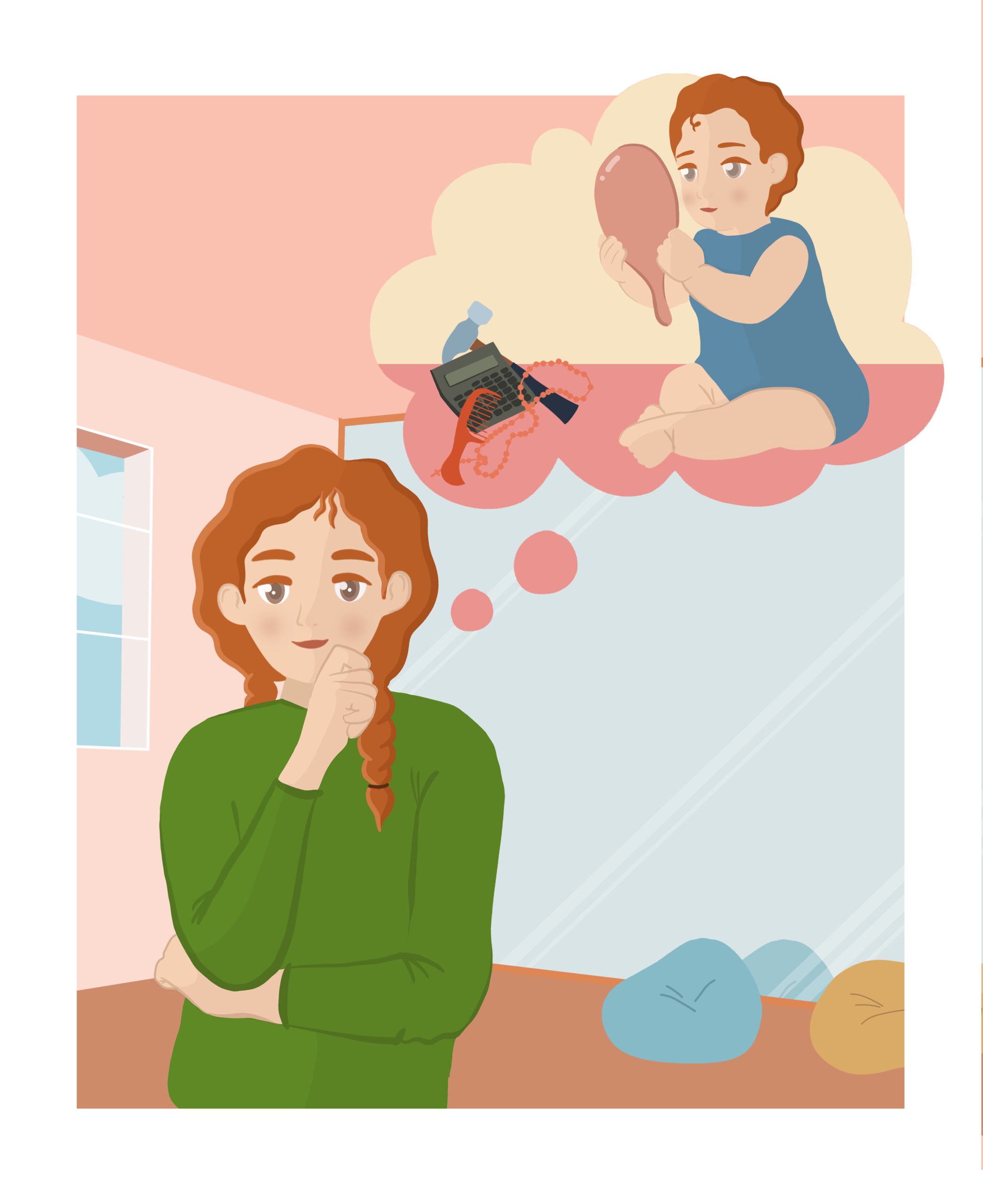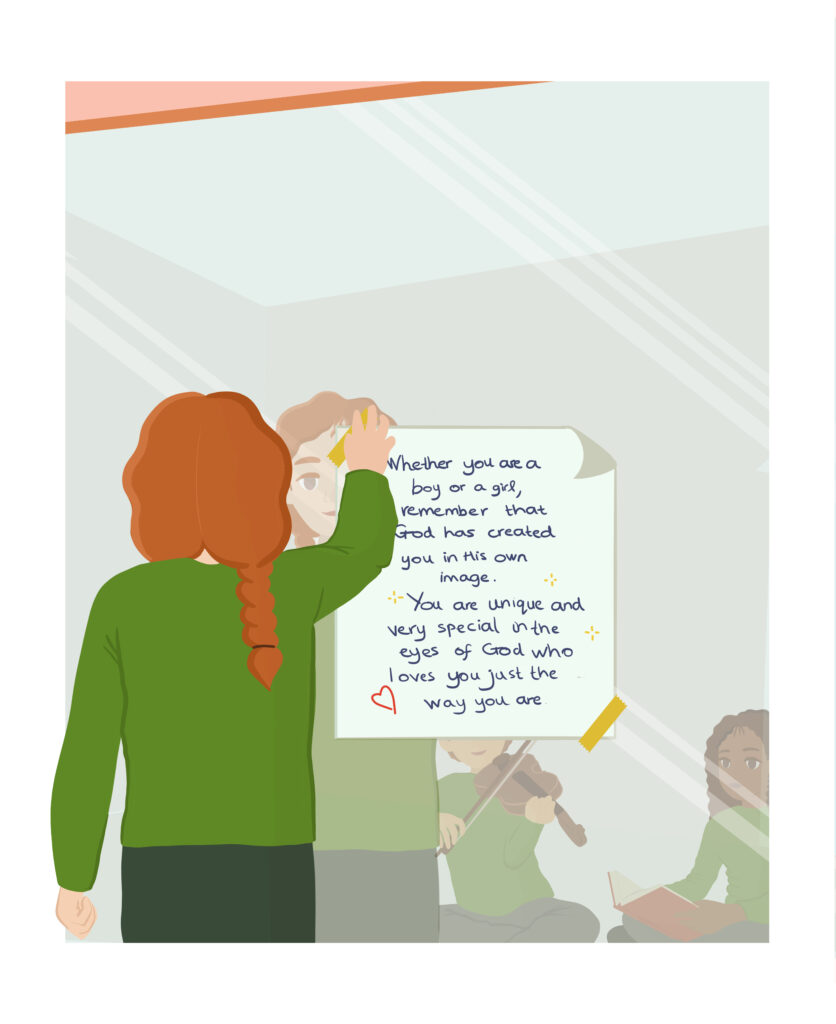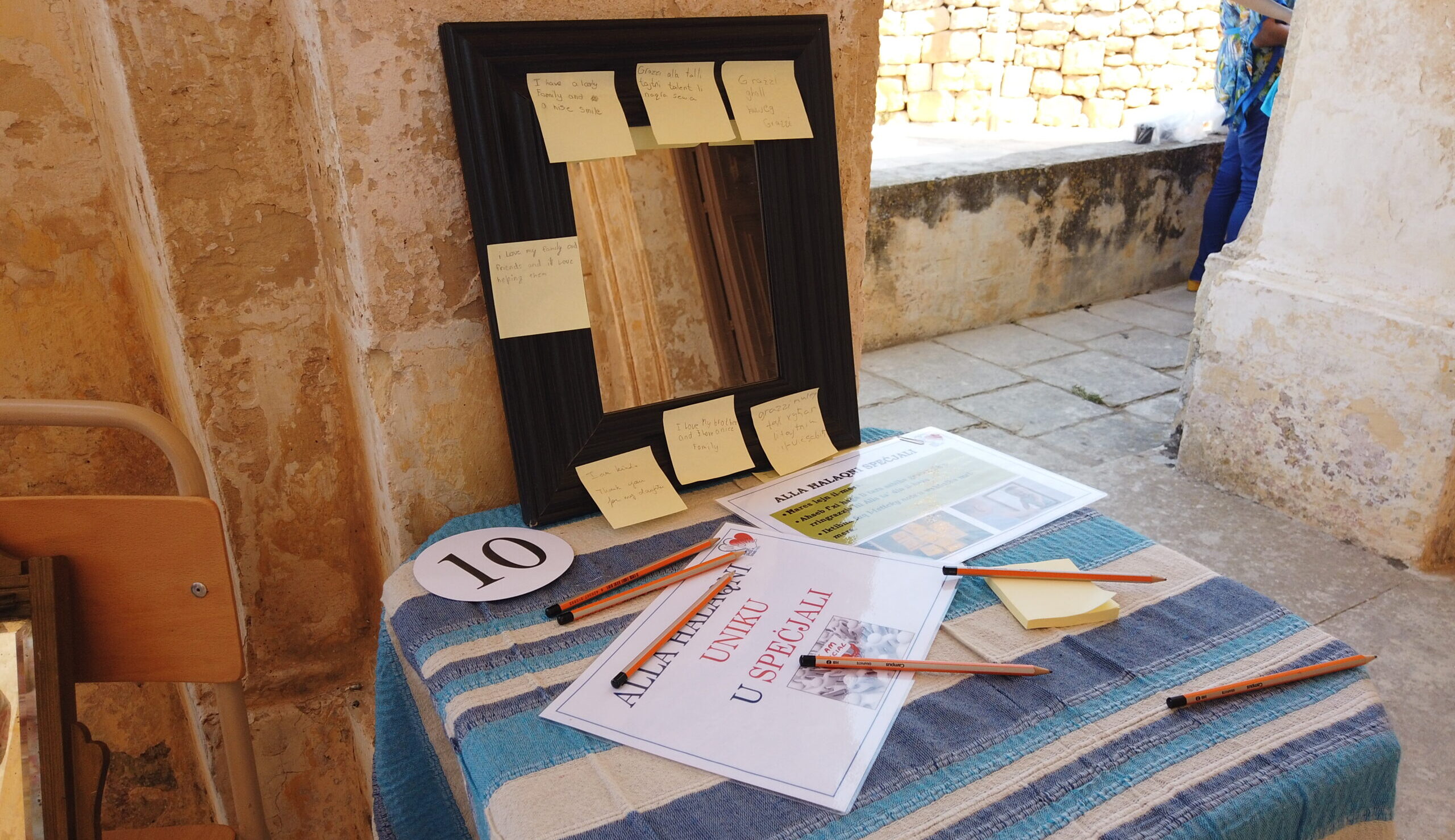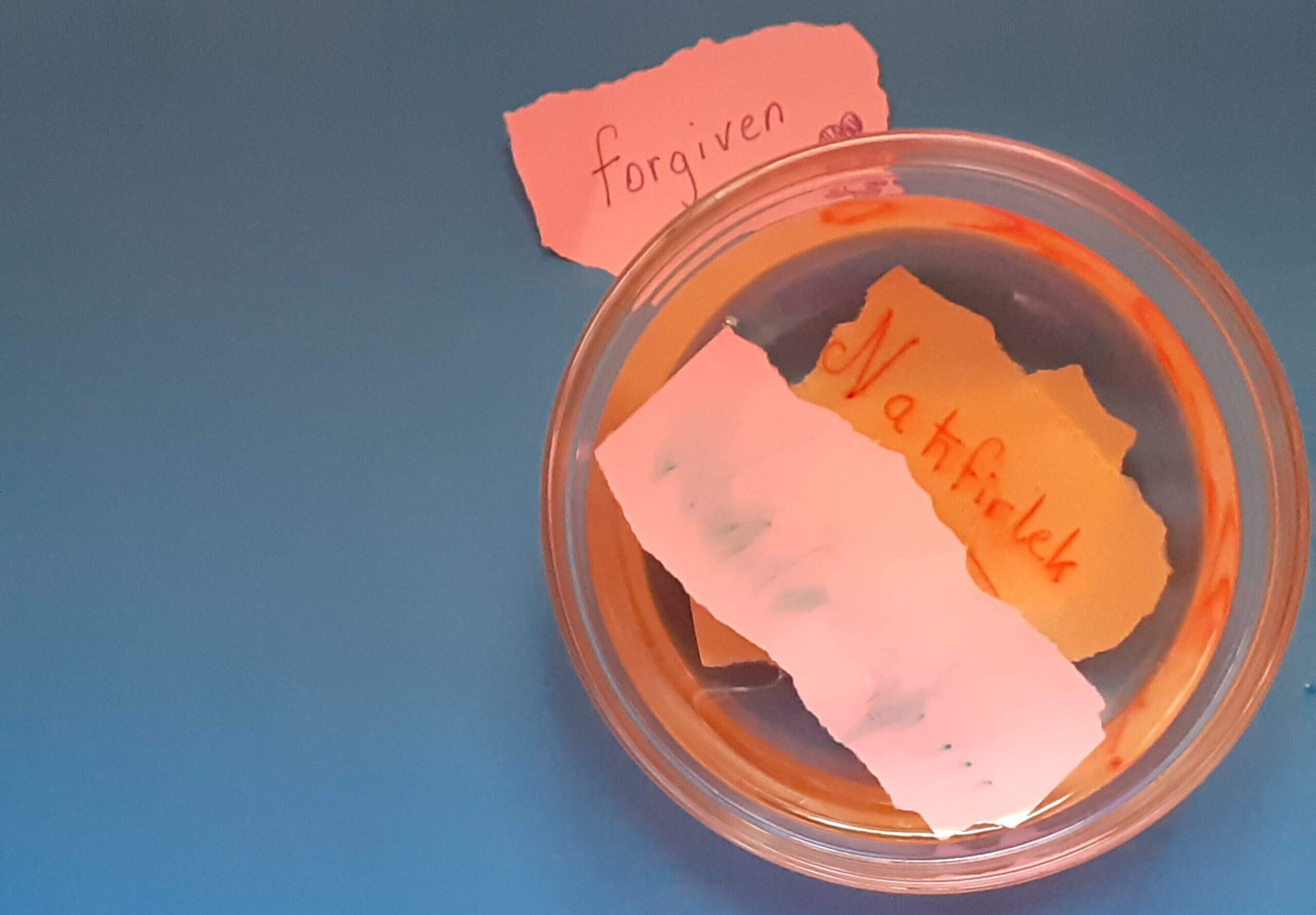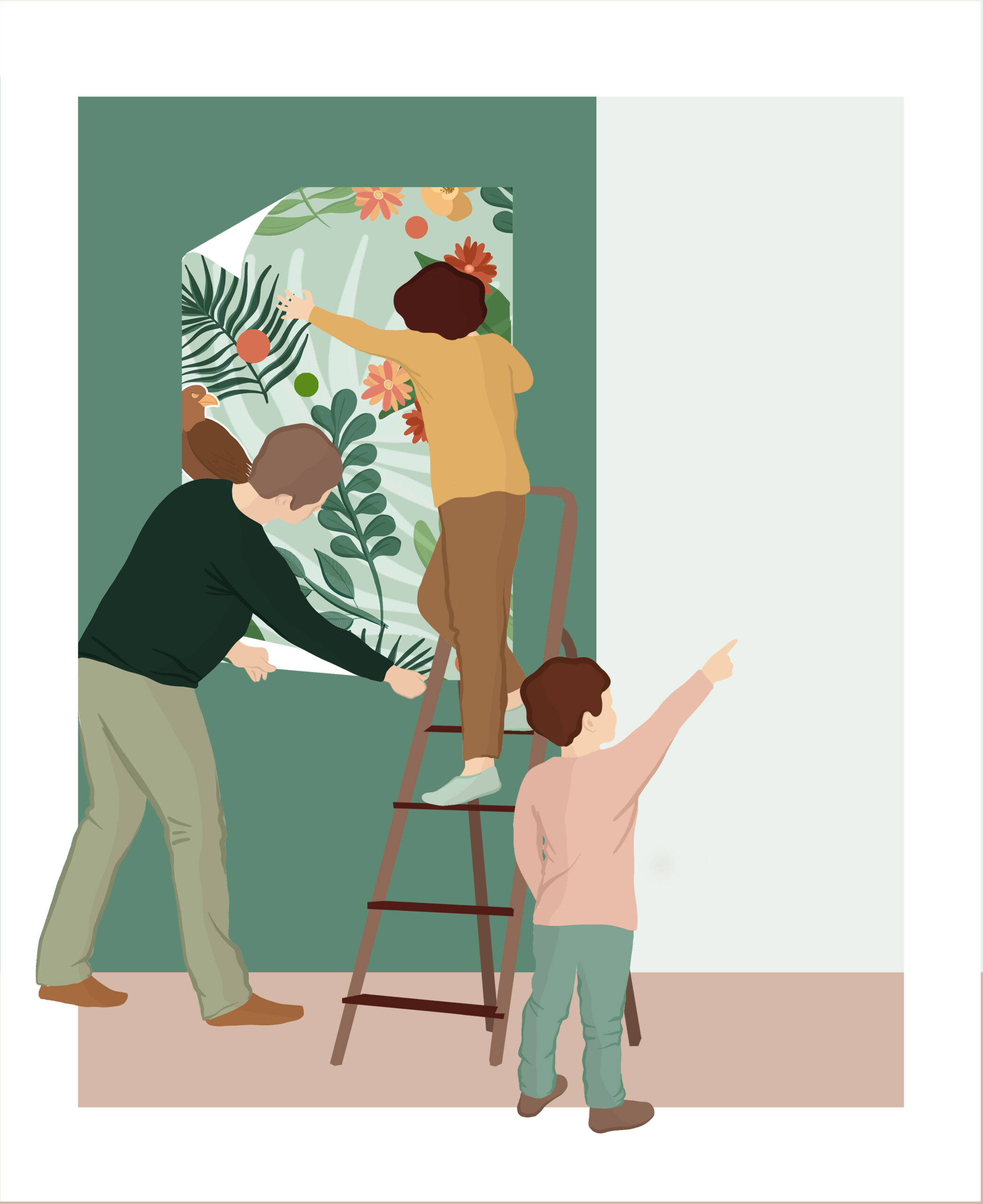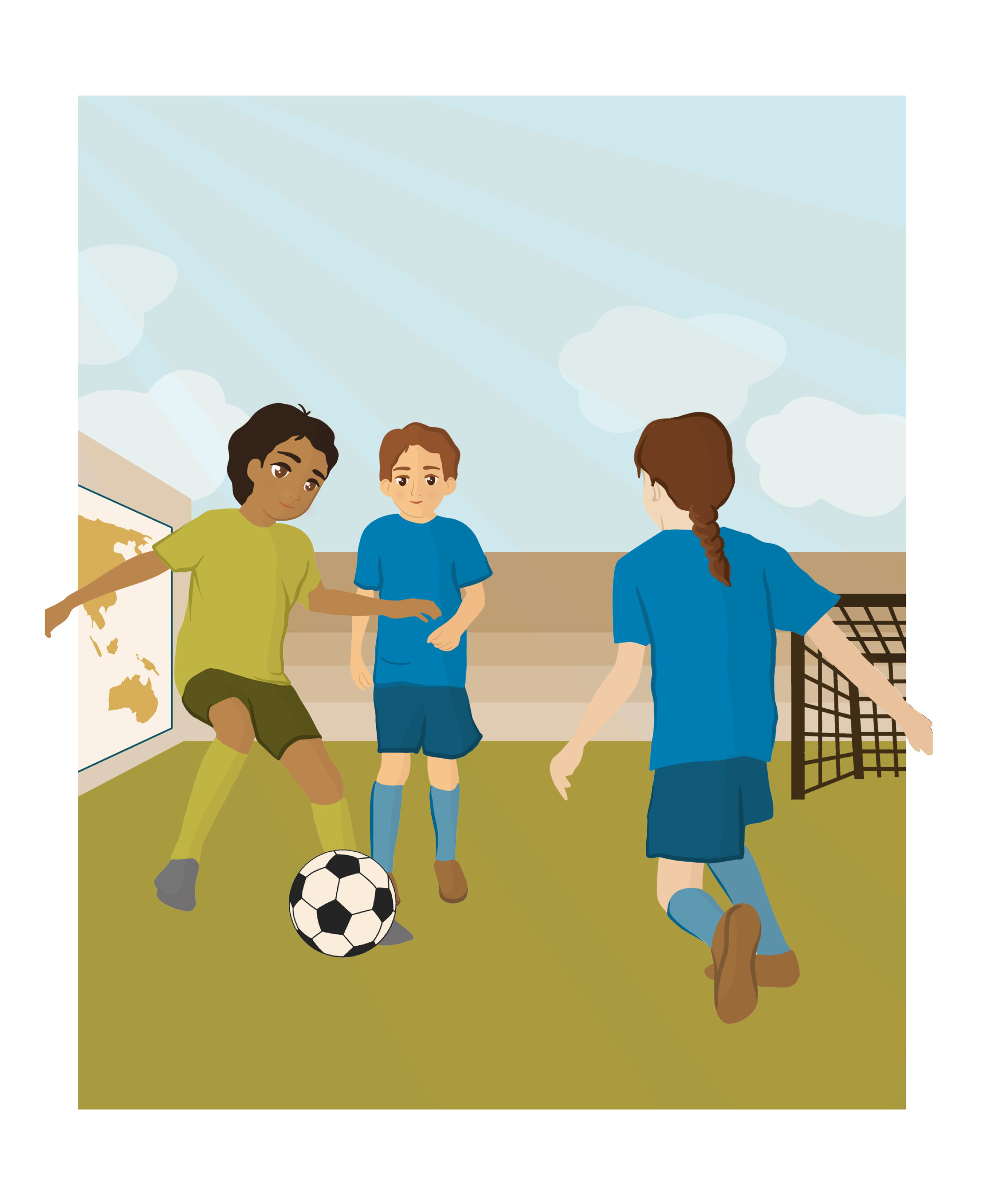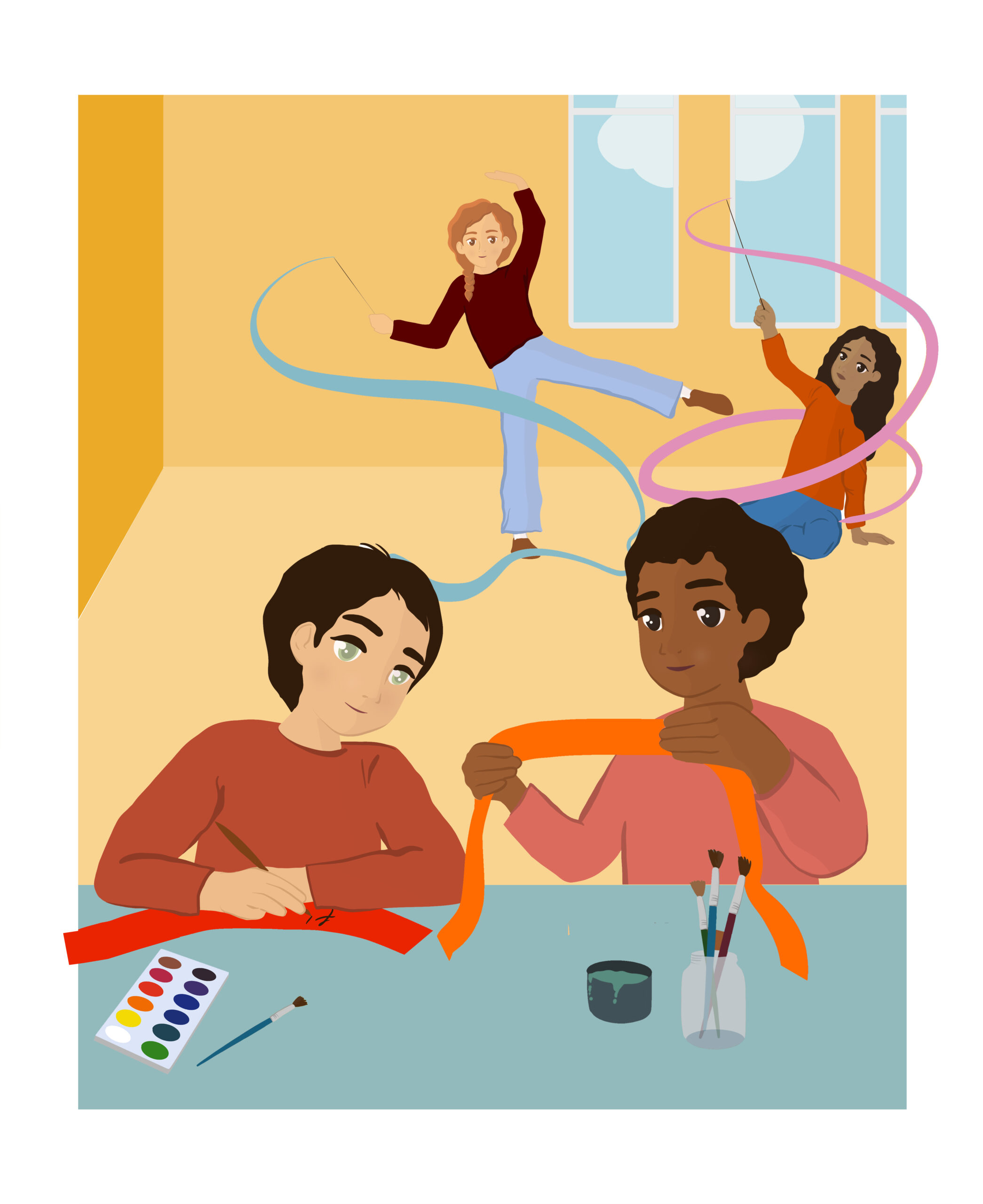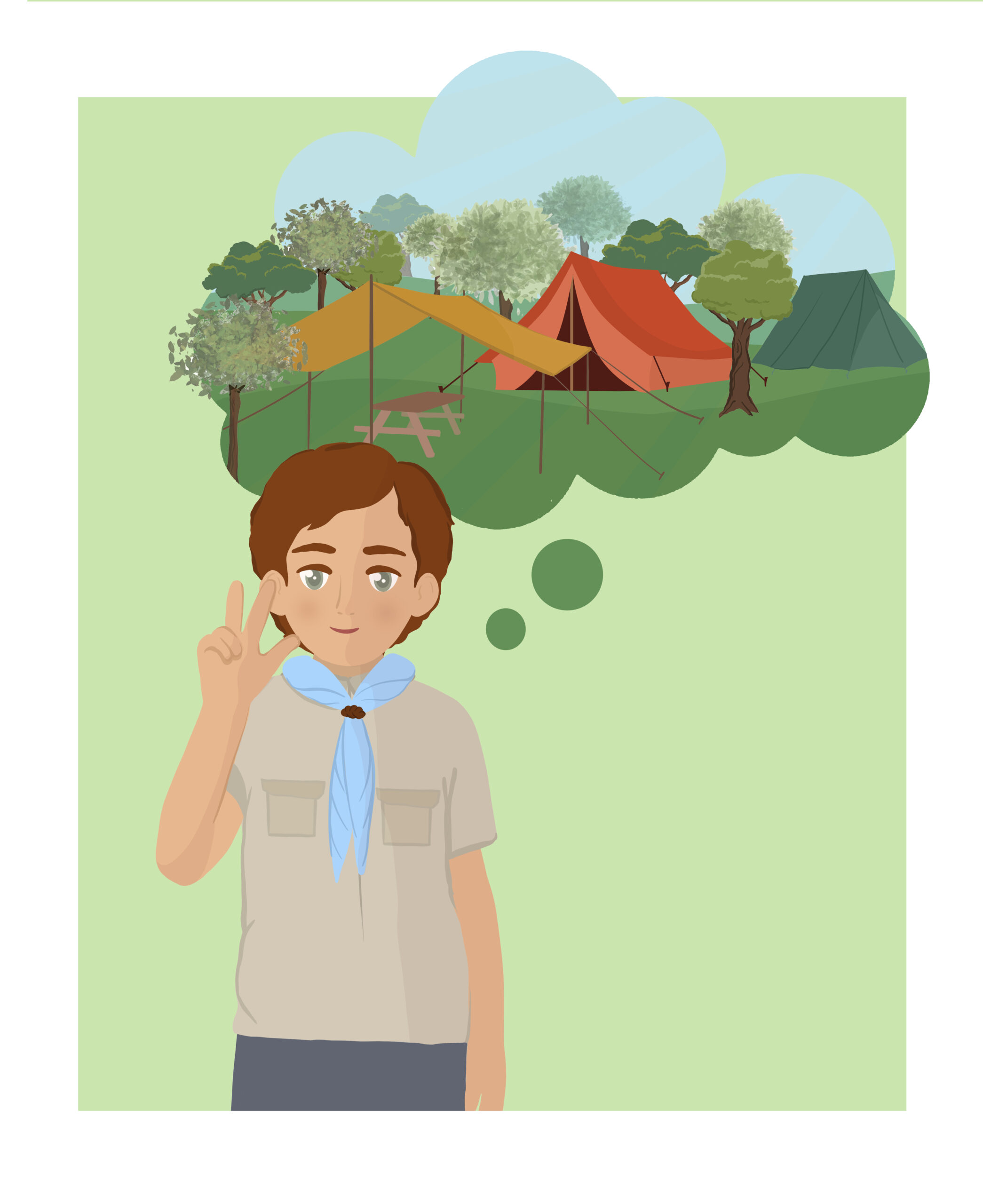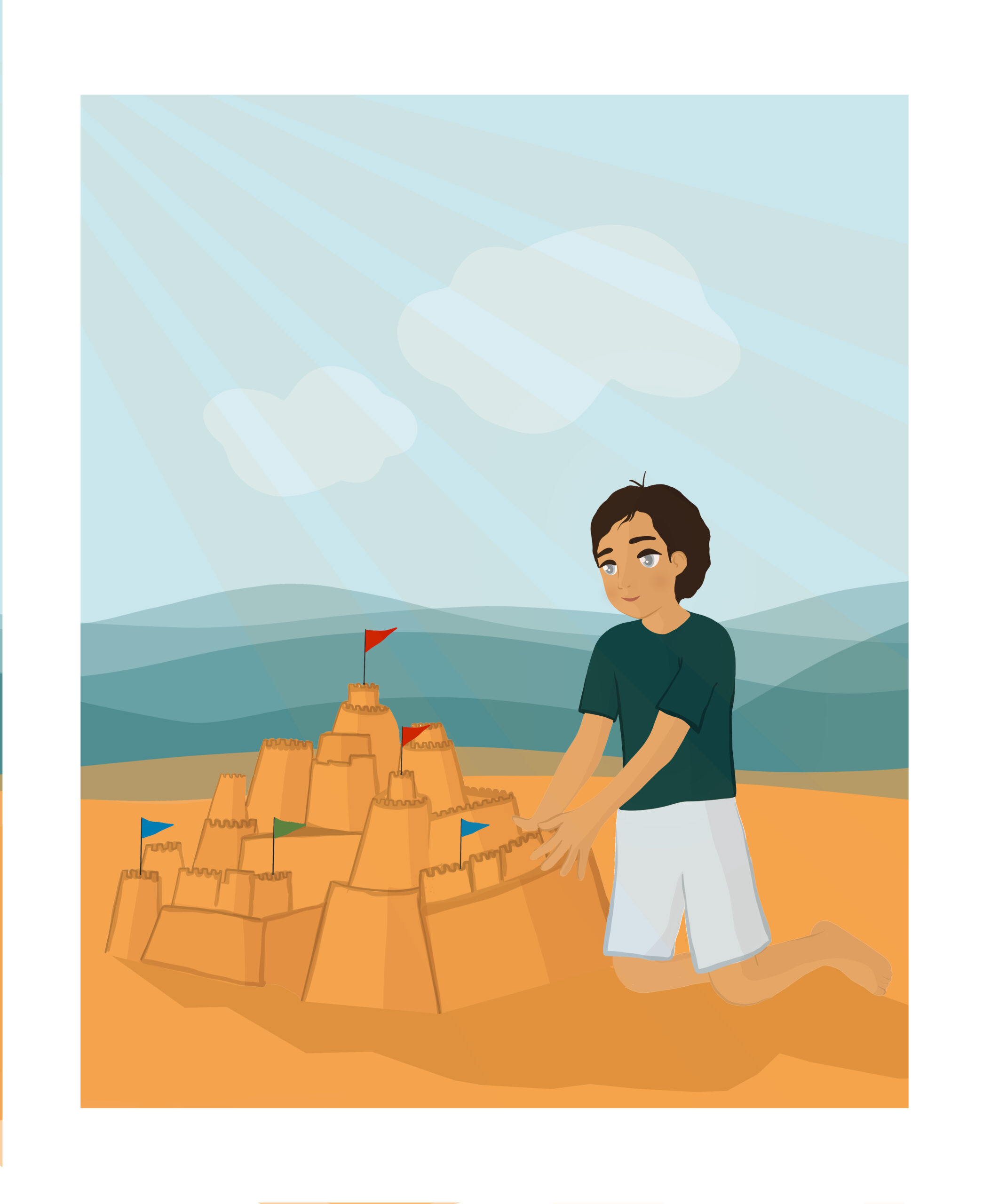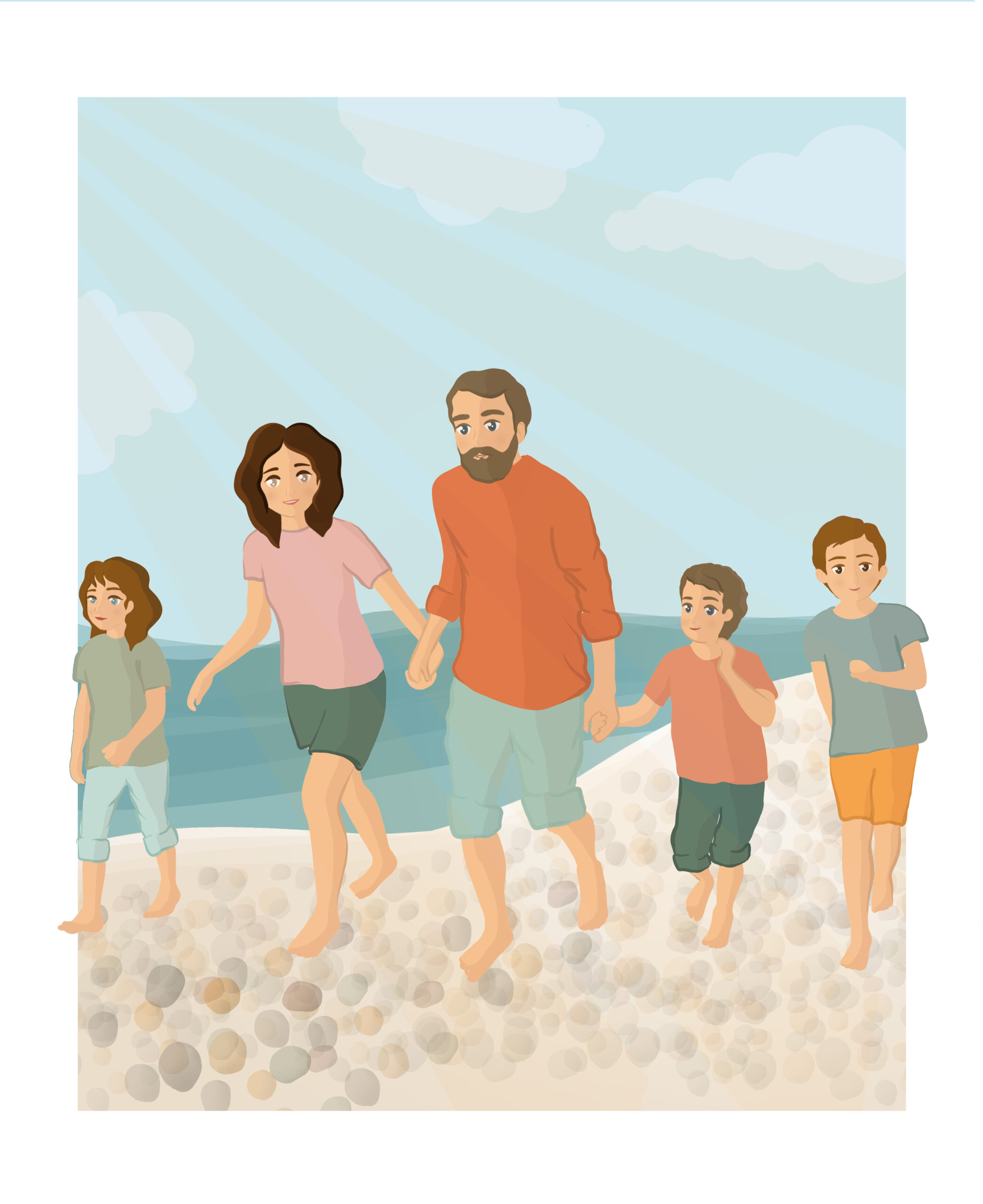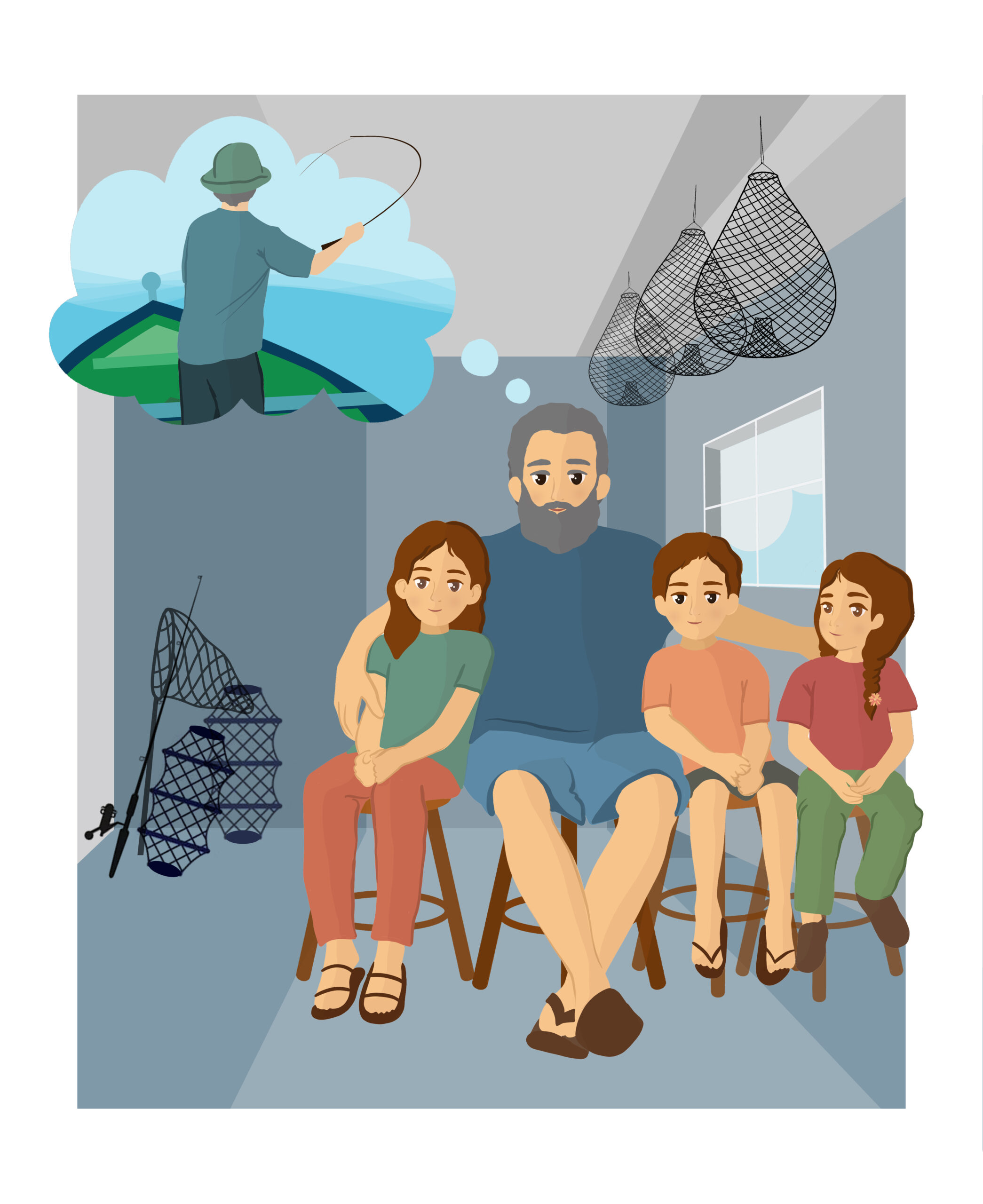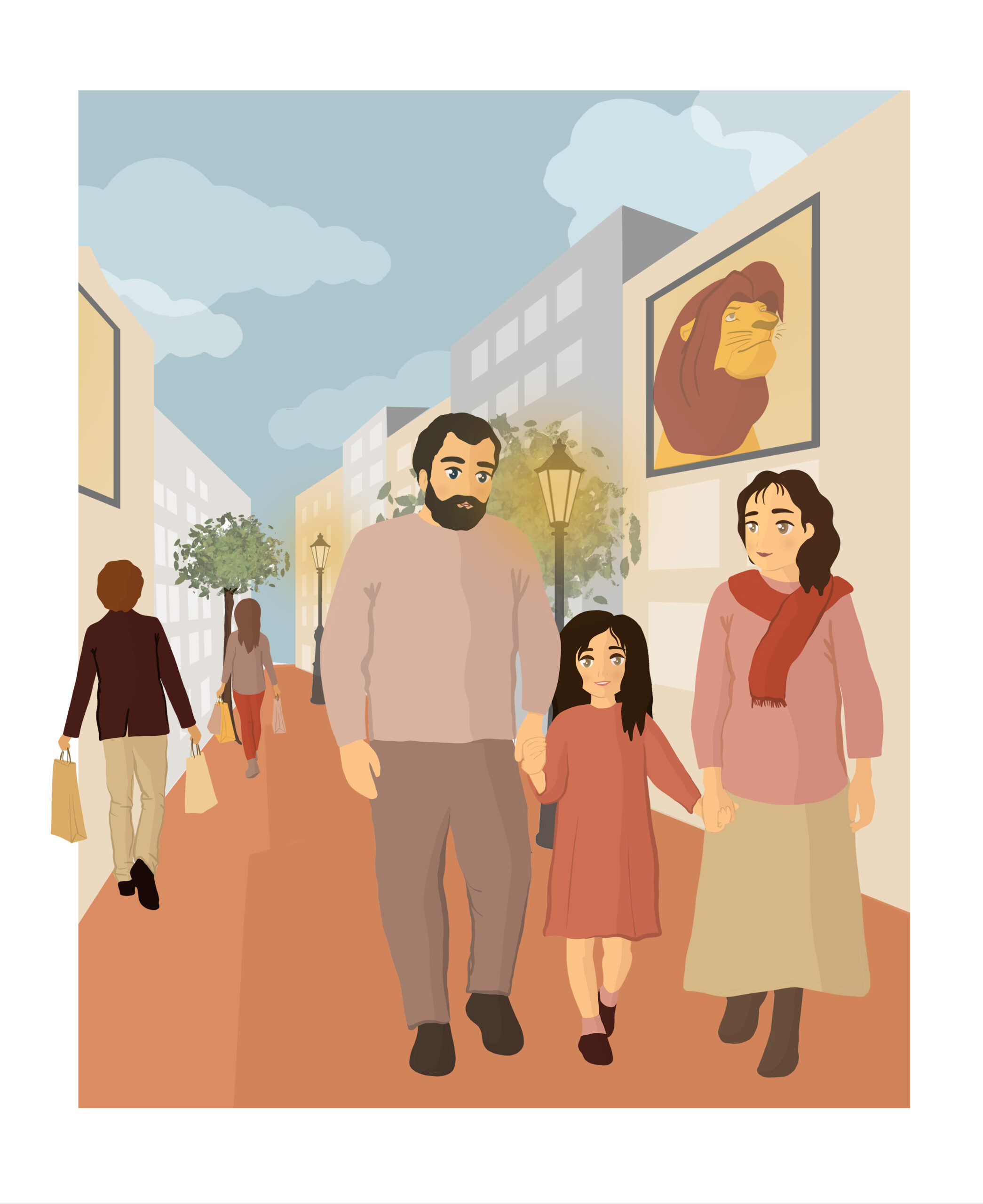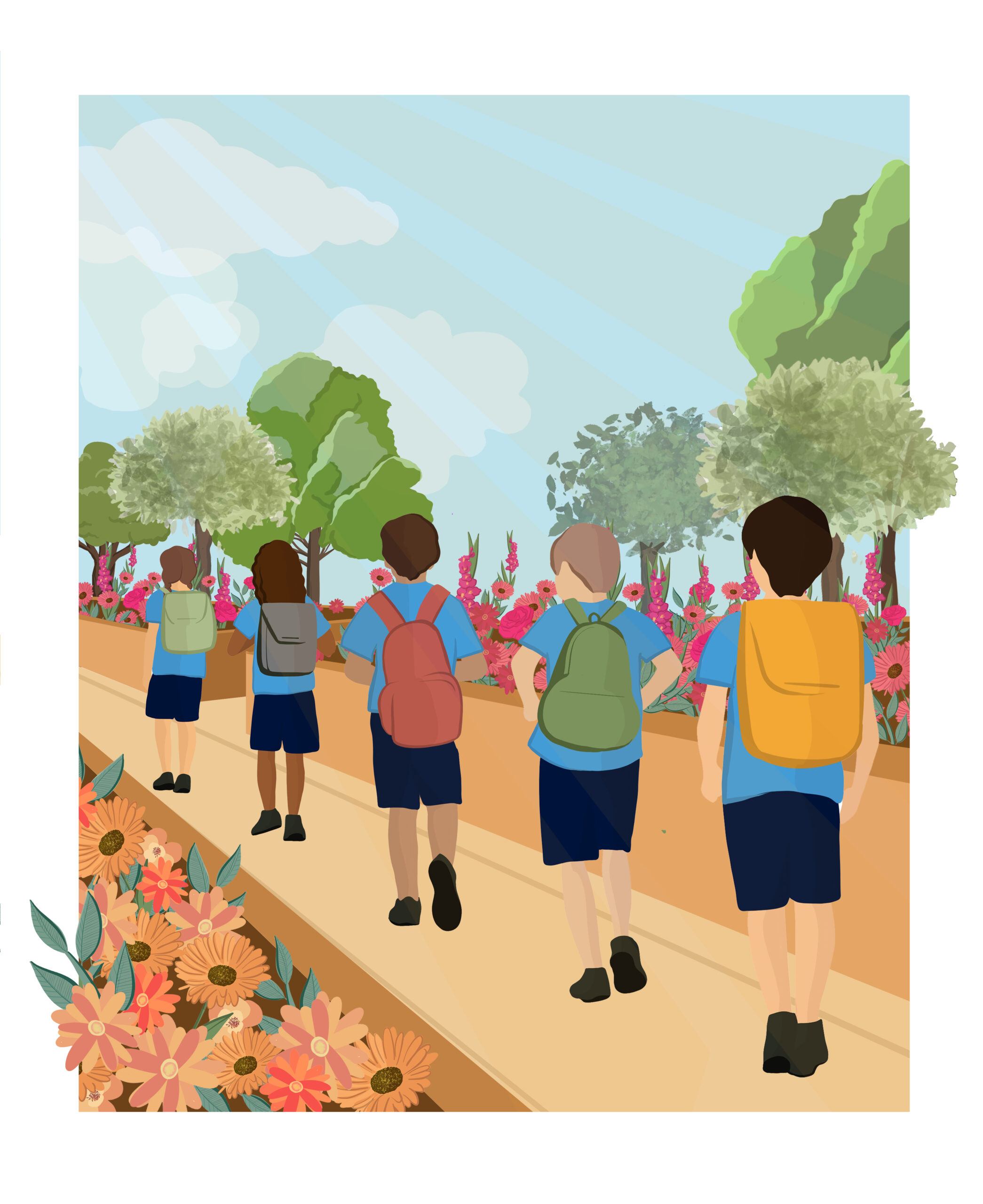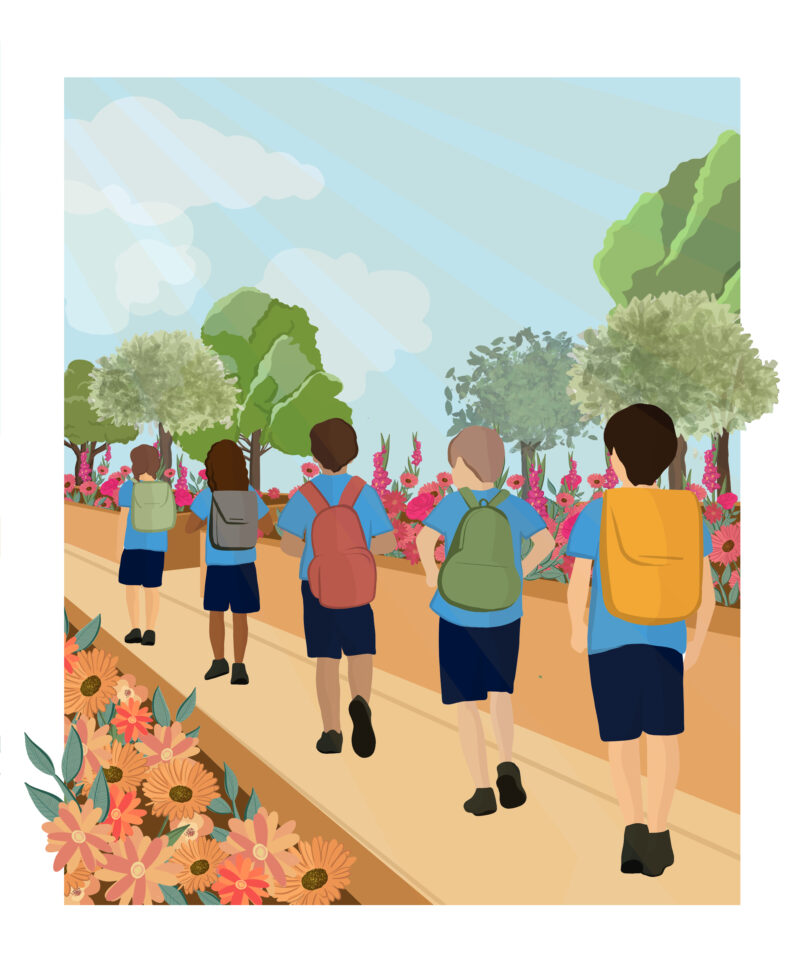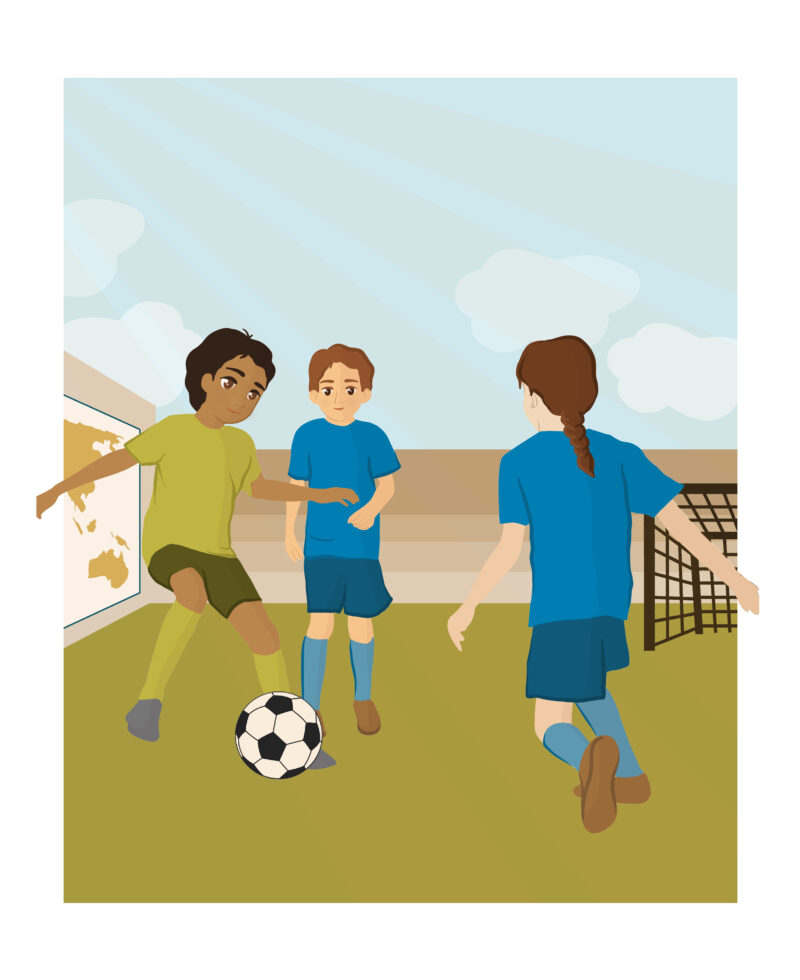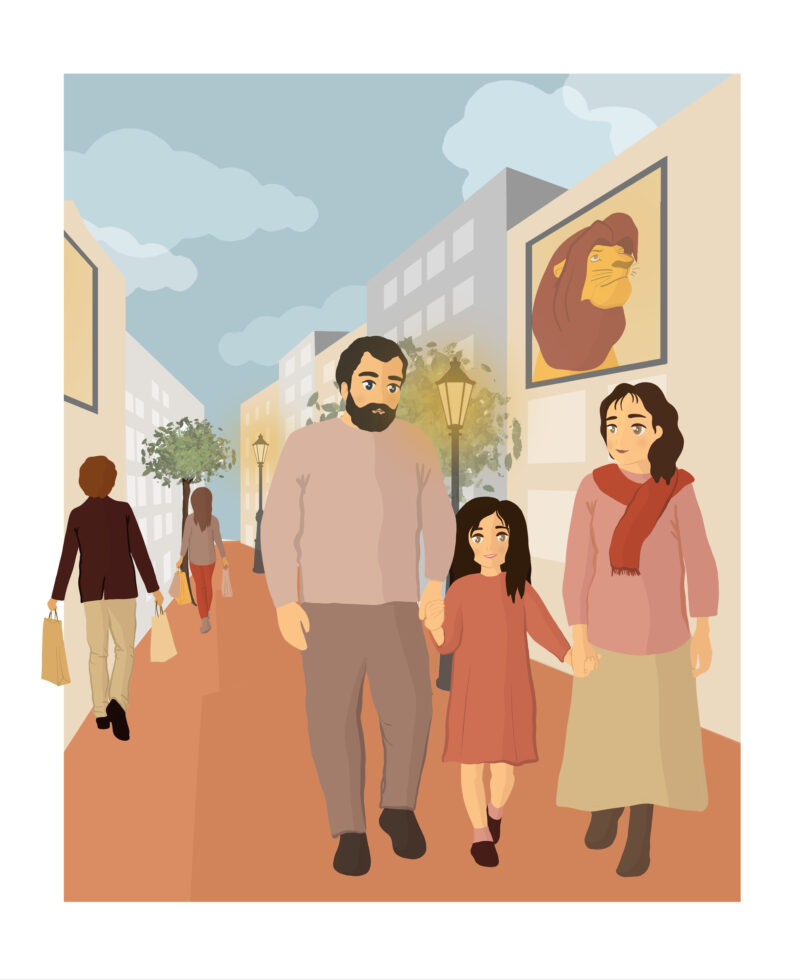The story is about children during drama class. While performing a mime with objects placed in front of them, they are reminded of Il-Quċċija – a Maltese tradition. As they look at the dance mirrors, they thank God for their talents and good qualities.
Ages
- Primary Years
- Middle Years
Topics
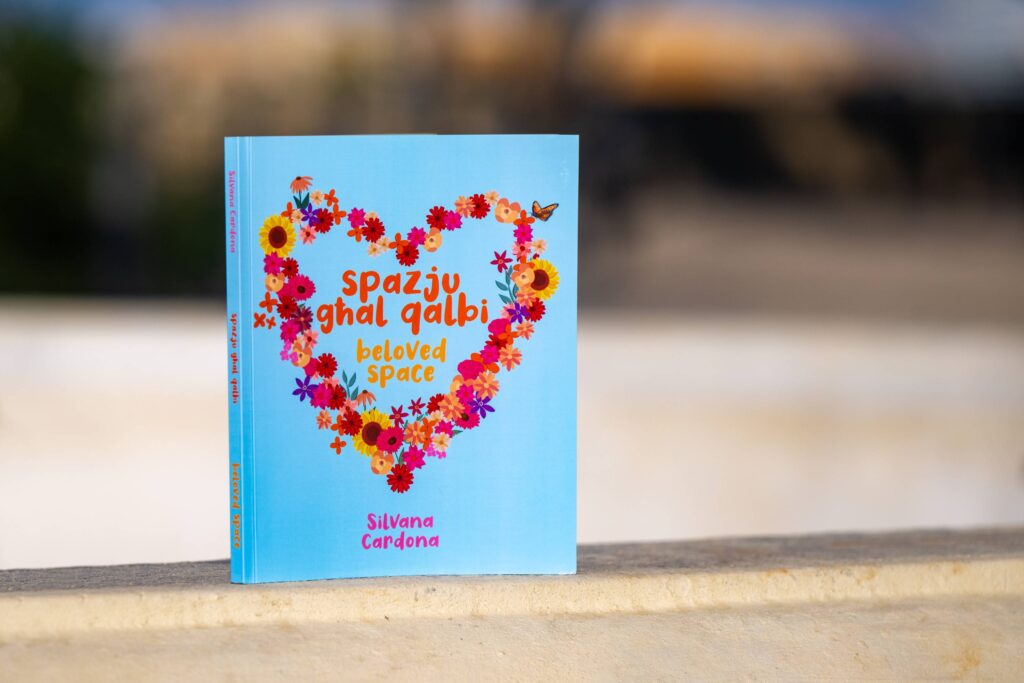
Uri u Għid – Tradizzjoni Maltija
“Isa, ħaffu ftit,” beda jgħid l-għalliem tad-drama u ż-żfin lit-tfal.
“Morru sibu l-kuxin tagħkom li hemm fl-art f’nofs is-sala u poġġu fuqu. Agħlqu għajnejkom sakemm Pete jagħmel numru ta’ oġġetti quddiem kull wieħed u waħda minnkom. Mas-sinjal tiegħi tistgħu terġgħu tiftħu għajnejkom. Imbagħad irridkom tħarsu lejn l-oġġett, tgħidu x’inhu, għal xiex jintuża u x’inhi l-karriera ta’ min jużah. Kulħadd fehemni?” staqsa l-għalliem.
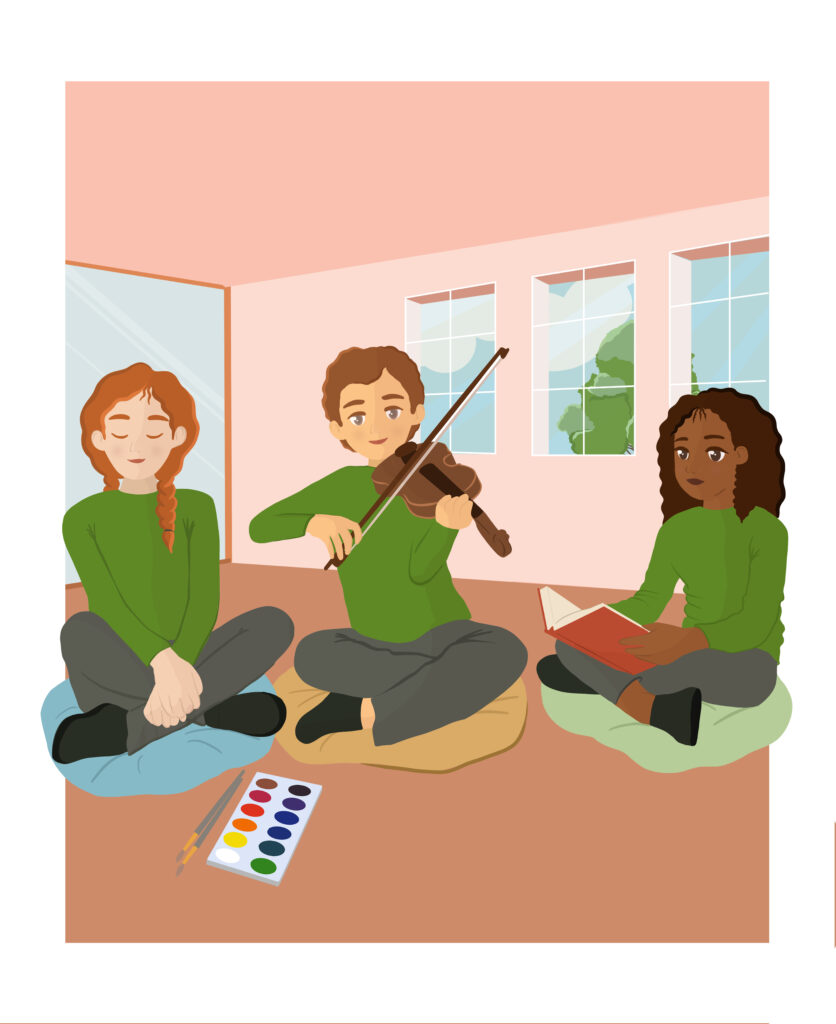
“Iva, Ser fhimniek,” weġbuh it-tfal.
“Tajjeb, mela ejjew nibdew.”
Wara ftit ħin, l-għalliem tad-drama qal lit-tfal biex jerġgħu jiftħu għajnejhom. Kull wieħed minnhom sab oġġett quddiemhom u wieħed wara l-ieħor bdew jgħidu:
“Jien għandi mqass u jużah il-ħajjat.”
“Jien għandi vjolin u jużah mużiċist.”
“Jien għandi ballun u jużah plejer.”
“Jien għandi mera u pettne, u tużah il-hairdresser.”
“Jien għandi kuruna tar-rużarju u tintuża minn nies reliġjużi u persuni li jitolbu.”
“Jien għandi pinzell u kuluri u jużahom il-pittur jew l-artist.”
“Jien għandi ktieb u jużah xi ħadd l-iskola, xi għalliem jew kittieb.”
“Jien għandi kamera tar-ritratti u jużaha l-fotografu.”
“Prosit! Issa rridkom tagħmlu mima żgħira skont dak l-oġġett li għandkom,” qalilhom l-għalliem.
Għalhekk min kellu l-imqass beda jċaqlaq l-imqass daqslikieku qed jaqta’ biċċa drapp bħalma jagħmel il-ħajjat. Min kellu l-vjolin beda jdoqqu bħalma jagħmel mużiċist. Min kellu l-ballun beda jagħti b’saqajh donnu qiegħed jixxuttja waqt xi logħba futbol.
Min kellu l-mera beda jħares lejha u jirranġa xagħru. Min kellu kuruna tar-rużarju beda jitlob it-talba tal-Missierna. Min kellu l-kuluri u l-pinzell, beda jpinġi bħalma jagħmel pittur. Dak li kellu l-ktieb beda jispjega bħalma jagħmlu l-għalliema.
Dik li kellha l-kamera tar-ritratti, iffukat fuq xena u ġibdet ritratt bħalma jagħmel il-fotografu.
Hekk kif kulħadd lesta l-mima tiegħu, waħda tifla qalet lill-għalliem,“Ser, din qisha dik li l-mamà għamlet lil oħti ż-żgħira meta għalqet sena. Il-quċċija kienet sejħitilha imma ma nafx xi tfisser eżatt.”
“Iva, sewwa qed tgħid. Din li għamilna llum tissejjaħ il-quċċija, u l-ħabib tagħkom Pete ser jgħidilkom dwarha,” wieġbu l-għalliem.
Wara ftit Pete beda jgħid hekk, “Il-quċċija hija tradizzjoni Maltija u ilha tiġi pprattikata f’Malta mis-seklu 18. Meta t-tarbija tagħlaq sena, il-Maltin jagħmlu l-quċċija, fejn it-tarbija trid timxi imbe’ lejn ġabra ta’ oġġetti li jkunu mifruxa fl-art jew fuq trej, waqt li l-familjari u l-ħbieb iħeġġu lit-tarbija biex tiġbor xi ħaġa. It-tradizzjoni tgħid li l-oġġett li jintgħażel jirrappreżenta l-karriera jew il-professjoni, is-sengħa jew l-istil ta’ ħajja futura tat-tifel jew tat-tifla.
L-oġġetti li jitpoġġew jistgħu jkunu diversi, bħal ballun, pettne, mera, pinzell, kuruna tar-rużarju, calculator, imqass, ktieb, strument mużikali, flus jew kard tal-flus, żarbun tal-ballet, martell, bajda, mouse tal-kompjuter jew mowbajl.
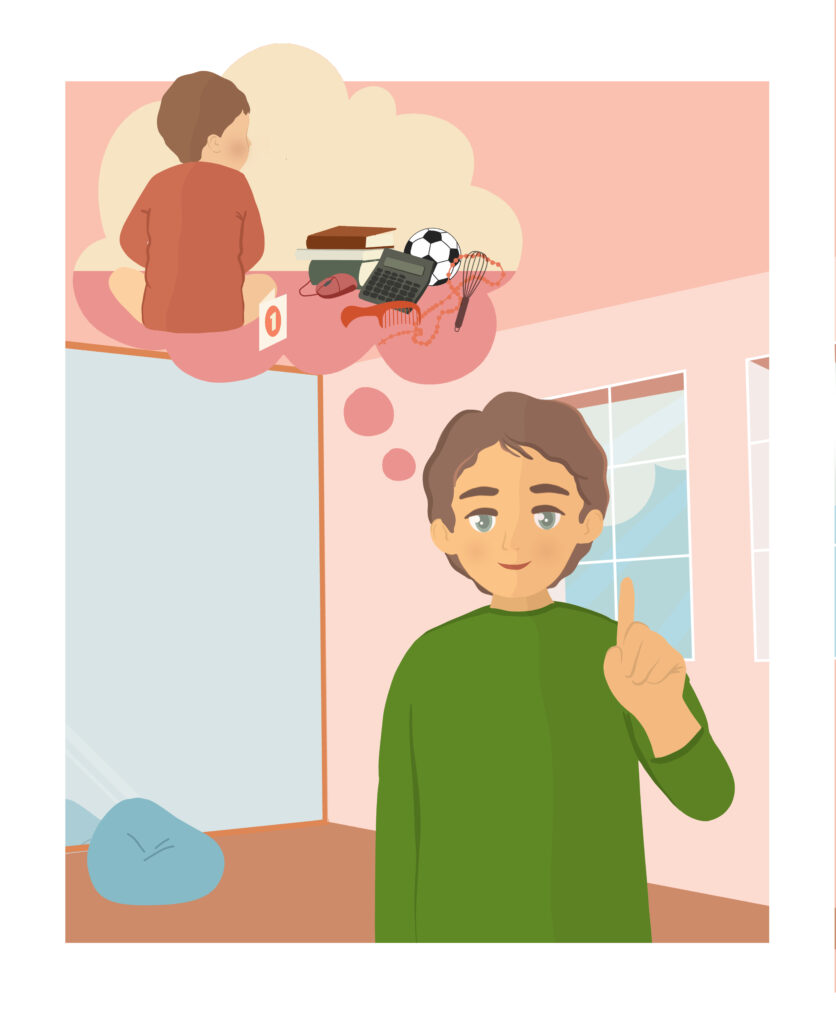
It-tfal kollha kienu grati li tgħallmu xi ħaġa ġdida u rringrazzjaw lil Pete ta’ din l-informazzjoni li tahom dwar il-quċċija.
Imbagħad l-għalliem reġa’ dar lejn it-tifla u staqsieha, “Tiftakar liema oġġett kienet qabdet oħtok fil-quċċija?”
“Iva Ser, kienet qabdet mera għax rat lilha nnifisha fiha u riedet tbus u tgħannaq lil dak il-wiċċ sabiħ ta’ dik it-tifla li kien ir-rifless tagħha stess.
“Tajjeb wisq,” qal l-għalliem filwaqt li kompla jgħidilhom:
“Mela issa nistedinkom tersqu quddiem il-mirja l-kbar li s-soltu tiżfnu quddiemhom. Ħudu l-ħin kemm għandkom bżonn biex tieqfu tħarsu lejn il-mera u tħarsu sew lejkom infuskom. Imbagħad għannqu l-isbaħ ħaġa li taraw fikom. Din tista’ tkun xi ħaġa sabiħa fiżika, fil-personalità jew fil-karattru tiegħek, kif ukoll xi kwalità tajba jew talent sabiħ li Alla tak. Wara għid talba biex tirringrazzja lil Alla għal xi talent jew kwalità sabiħa li huwa tak.”
Is-sessjoni tad-drama spiċċat billi t-tfal qasmu bejniethom it-talb ta’ ringrazzjament flimkien fosthom tat-talenti sbieħ fiż-żfin, reċtar, kant u li jafu jdoqqu strumenti mużikali li permezz tagħhom iferrħu tant tfal u nies oħra.
Imbagħad kitbu messaġġ sabiħ fuq karta u waħħluh mal-mera.
Il-messaġġ kien jgħid hekk:
Kemm jekk int tifel u kemm jekk int tifla, ftakar li Alla ħalqek fuq xbieha tiegħu.
Int m’hawnx bħalek. Inti uniku u speċjali ħafna f’għajnejn Alla li jħobbok ħafna hekk kif int.
Resources related to this story
We want to get to know you. To be able to bookmark your favourite content, please log in or sign up below.
User Sign Up
Discover more resources



